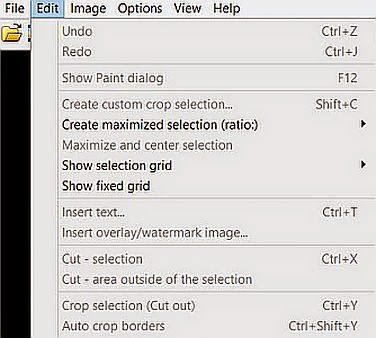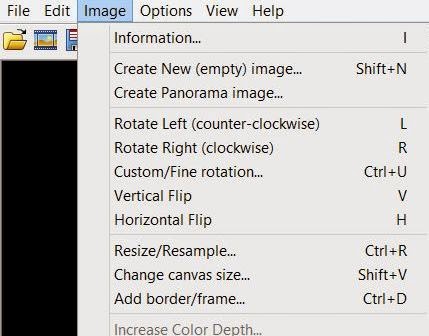SEO for Authors
What it is, and Why it matters
As Newbies, navigating the internet can be one of the
hardest things we have to tackle. And one thing that we can really use to our
advantage – without doing any (well, much) work at all – is Search Engine
Optimization. Put simply – we want people to come to us through Google.
Of course, there are the obvious searches – someone
searching for us under our name or pen name. And we definitely need to make
sure that the right “me” is being found. (See my other
article
on blogging and Google + Authorship.)
But less obvious is how we come up in the organic results.
We want our names, and more importantly, our books, to come up first (or
second, or third – as long as it’s on that first page of results) when someone
searches for, say “shaman romances”.
So how do we best
set up our website for search engines?
First, we need it to be active. That means changing
something every so often, even if it’s just the “updates” or “news” page.
Blogs count. And, as we all know, we need to be producing
great content for those blogs. But did you know that you should consistently be
linking to other sites within your blogs? Or that you should be linking back to
other blogs you have written? And, of course, it’s even better if a
higher-rated site can site your blog. All of these things earn us higher
rankings in the might search engine. For more information, try this
great
article on blogging for authors.
And, if you are writing blogs, make sure to name them
something catchy. There are a bunch of tools that you can use to research this.
Unfortunately, Google no longer lets you use its tool without an Adsense
sign-in, but here are some
other
great tools for finding keywords.
Privacy Policy:
Here’s one that most of us don’t know about. You will have to drop in a little
bit of code onto your website. The way I did mine was to just add in a small
link to a hidden page on my home page.
There are a bunch of different (and free) sites out there
that will provide you with one. The one I used was:
http://www.freeprivacypolicy.com/free-privacy-policy-generator.php.
It’s probably a bit more in-depth than most of us need it to be, especially as
we are probably not actively selling anything on our website (processing credit
cards, for instance). Or, alternatively,
an easy one:
This blog does not share personal information with
third parties nor do we store any information about your visit to this blog
other than to analyze and optimize your content and reading experience through
the use of cookies.
You can turn off the use of cookies at anytime by
changing your specific browser settings.
We are not responsible for republished content from
this blog on other blogs or websites without our permission.
This privacy policy is subject to change without
notice and was last updated on Month, Day, Year. If you have any questions feel
free to contact me directly here:
xxxx@xxxx.com.
[Source: http://john.do/privacy-policy/]
Disclaimers: These are yet another layer of trust for
Google. It can be something simple like: The
views and opinions on this website are solely those of the author. Any
advertising on this site should not be considered an endorsement.
[Disclaimer:
I’m not a lawyer, so don’t trust anything I write, either.]
Why does any of this
matter? Because when our website comes up first, and people land on our
page, then they have a higher likelihood of buying something – i.e., our books!
It’s just another way to find readers, and if we haven’t done these things
already, then it should only take about 20 minutes to implement them.
Let me know if you have any SEO best practices!
 Posted by Erin
Posted by Erin
Erin writes paranormal romances as Erin Moore and contributes to the MFRW Marketing Blog with her monthly column,
A Newbie's World. Her latest book is a sexy minotaur shifter story set in Crete.
She manages two monsters and one unruly husband in Atlanta in between writing and main-lining chocolate and tea. Look her up on
www.AuthorErinMoore.com or, of course, on
Twitter: @AuthorErinMoore.










